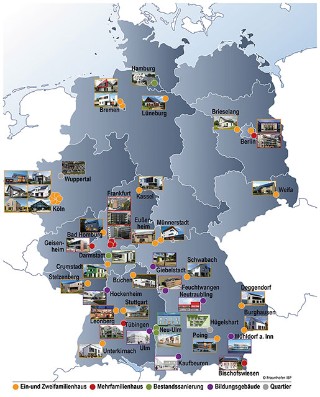
Overview map of all model projects of the "Efficiency House Plus" network.
Based on the Berlin pilot project the evaluation and dissemination of the "Efficiency House Plus standard" was set as a goal.
more info
Overview map of all model projects of the "Efficiency House Plus" network.
Based on the Berlin pilot project the evaluation and dissemination of the "Efficiency House Plus standard" was set as a goal.
more info
SEM image of a specimen with a Sol-Gel coating.
Researchers at Fraunhofer IBP are assessing the long-term effectiveness of antimicrobial finishes applied to surfaces.
more info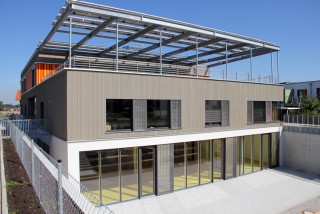
Southwest view of the Höhenkirchen day care centre.
The Höhenkirchen-Siegertsbrunn community wanted to build a children's daycare center that is particularly sustainable and generates more energy than it consumes.
more info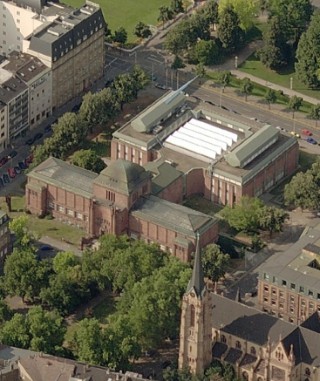
The entire complex of the Kunsthalle Mannheim (status 2015).
Fraunhofer IBP has developed an integral concept to improve Kunsthalle Mannheim’s energy efficiency.
more info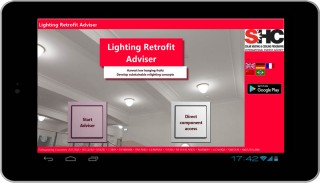
Start interface of the interactive “Lighting Retrofit Adviser” sourcebook.
IEA SHC Task 50 is a subproject of the joint project "Energetic and ergonomic optimization of new lighting systems for refurbishment and new construction".
more info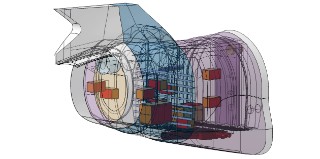
Heat loads in business jet avionics.
The aim of this project is the establishment of a simulation chain for aircraft cabin environments.
more info
Cargo area of the aircraft demonstrator in the Fraunhofer Flight Laboratory.
New, environmentally-friendly fire extinguishing agents are being tested in the cargo area of the Flight Test Facility.
more info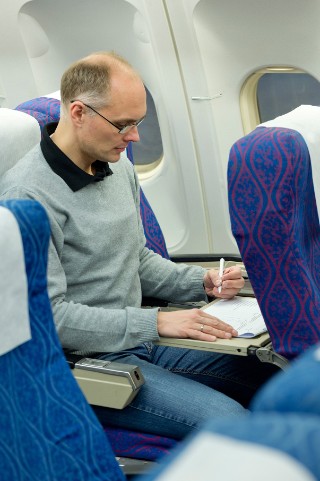
Subject in the aircraft cabin.
Subject tests in the Flight Test Facility determine the influence of air quality in the aircraft cabin on performance and well-being.
more info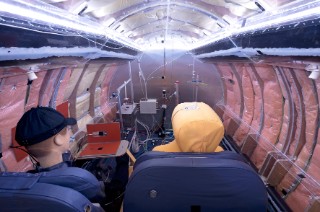
View of the business jet cabin.
In the business jet mock-up at Fraunhofer IBP's flight laboratory - the Flight Test Facility - studies on cabin comfort and comfort measurements are carried out.
more info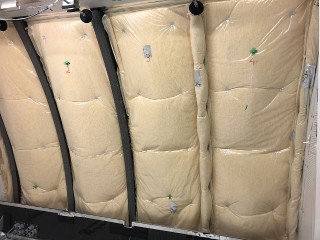
Particle foam insulation installed in the LITE chamber.
Comparison of the hygrothermal behavior of particle foam insulation with conventional glass wool insulation.
more info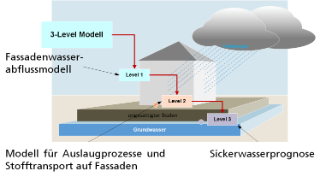
Schematic representation of the three-stage model for evaluating the environmental properties of plasters and mortars.
Development of a model to assess the environmental properties of common plasters and mortars.
more info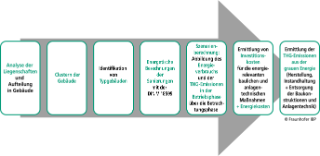
Scenario evaluation method.
Fraunhofer IBP evaluated the climate neutrality of real estate belonging to the City of Oldenburg on the basis of three renovation scenarios to achieve energy efficiency.
more info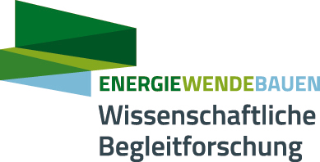
Logo of the “Energiewendebauen” scientific accompanying research initiative.
Fraunhofer IBP is a member of the scientific accompanying research team for projects associated with the “Energiewendebauen” research initiative.
more infoResearch and development highlights

Plexiglas panel structured in a “hot stamping process” to decouple LED light fed in via the edges of the panel.
New micro-optical structures direct daylight without glare into building areas remote from the façade and enable electrical lighting of workplaces close to windows through transparent façades.
more info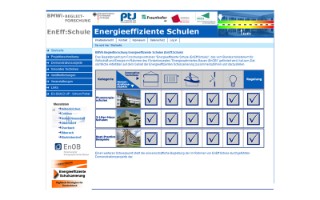
Homepage of the website “www.eneff-schule.de”
As a rule, a lot of energy is required to heat school buildings. In IBP's accompanying research project, twelve energy-efficient school buildings were evaluated.
more info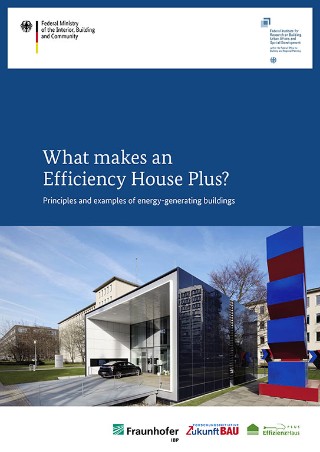
What makes an Efficiency House Plus? Principles and examples of energy-generating buildings.
Fraunhofer IBP has also drafted the definition and requirements of the Efficiency House Plus standard as part of the funding initiative.
more info
The aim of “School of the Future” is demonstrate the future energy efficient building standard from design and implementation through to evaluation.
“School of the Future” aims to demonstrate the future energy efficient building standard, from design and implementation right through to evaluation.
more infoHighlights from research and development
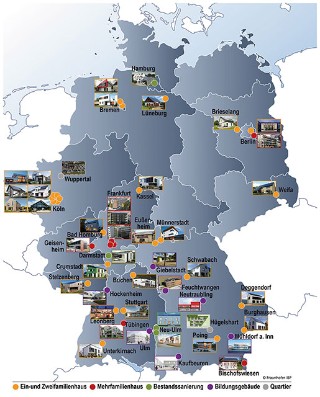
Overview of all models related to "Efficiency House Plus".
Germany's political goal is to make buildings in the country virtually climate-neutral by 2050. This can only be achieved by implementing innovative, energy-efficient building standards
more info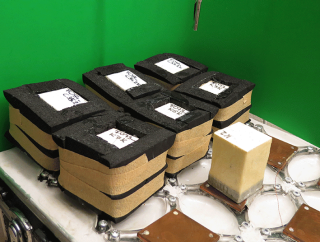
Test set-up to determine the capillary activity inside insulation materials.
Internal insulation is often the only way to improve thermal insulation in a building. One trend is towards capillary-active interior insulation.
more info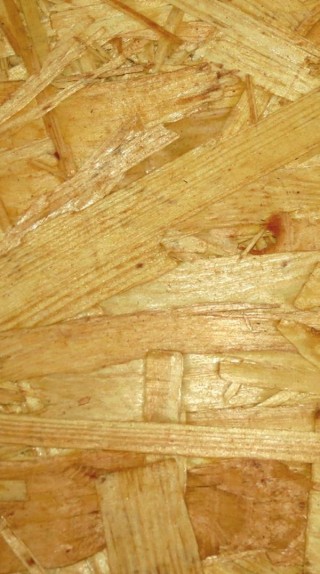
Since 2013, the Fraunhofer IBP has been working on a project with the aim of generating hygrothermal parameters for numerical simulations of wood-based materials.
more info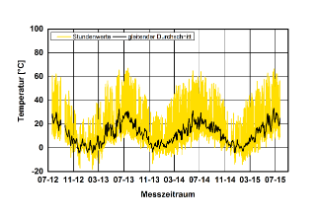
Typical temperature curve for the variant consisting of clear glass with mineral-wool insulation (yellow: hourly measurements; black: moving average).
Architects want maximum design freedom for the building envelope. That is why glass elements are used and bonded to the thermal insulation composite system.
more info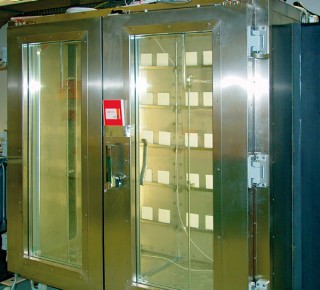
Artificial weathering facility
Susceptibility of exterior coatings to mold growth can currently only be assessed by carrying out field studies. A new artificial weathering system may help.
more info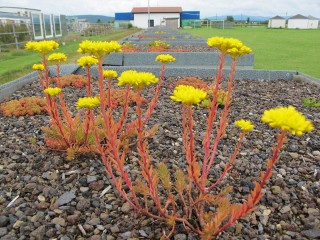
Natural weathering with flowers
Green roofs improve the living quality in urban spaces. But how does the release of mecoprop from polymer-modified bitumen membranes impact the environment?
more info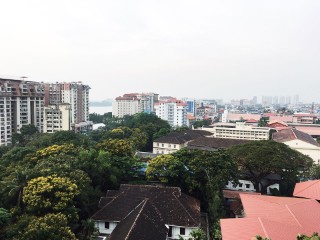
View over Kochi.
The project aims at strengthening Kochi's resilience to the effects of climate change.
more info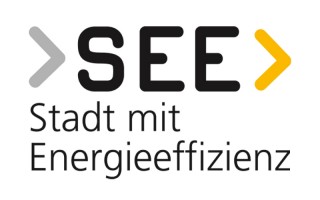
Logo "SEE - Energy balance Stuttgart".
In the scope of the project »Stadt mit Energie-Effizienz (SEE Stuttgart)« Fraunhofer IBP focuses on performing comprehensive energy balance calculations for the entire City of Stuttgart.
more info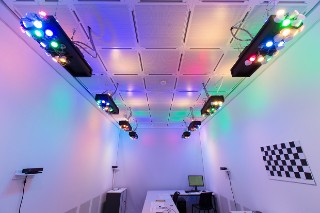
Lighting system allowing variable control of light intensity, distribution, and color.
Six substudies were conducted to explore the impact of context-sensitive lighting with regard to user acceptance and energy performance. In these studies, static and dynamic lighting conditions in personal and group offices were examined.
more info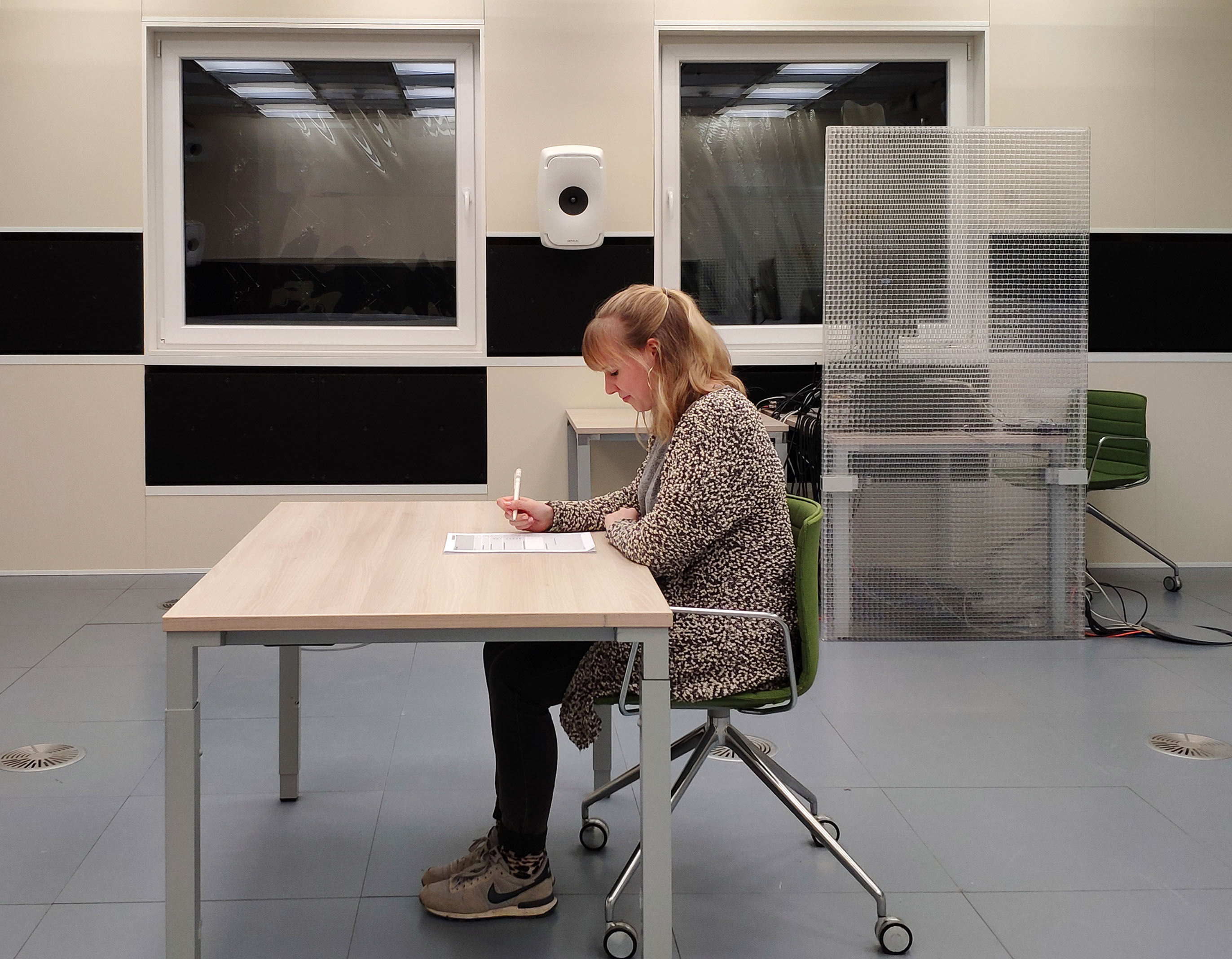
To ensure that displays did not influence the results, tests were carried out using paper and pencils.
Investigation of the effect of fullspectrum LEDs compared to conventional LEDs, carried out in the HiPIE laboratory of Fraunhofer IBP Stuttgart.
more info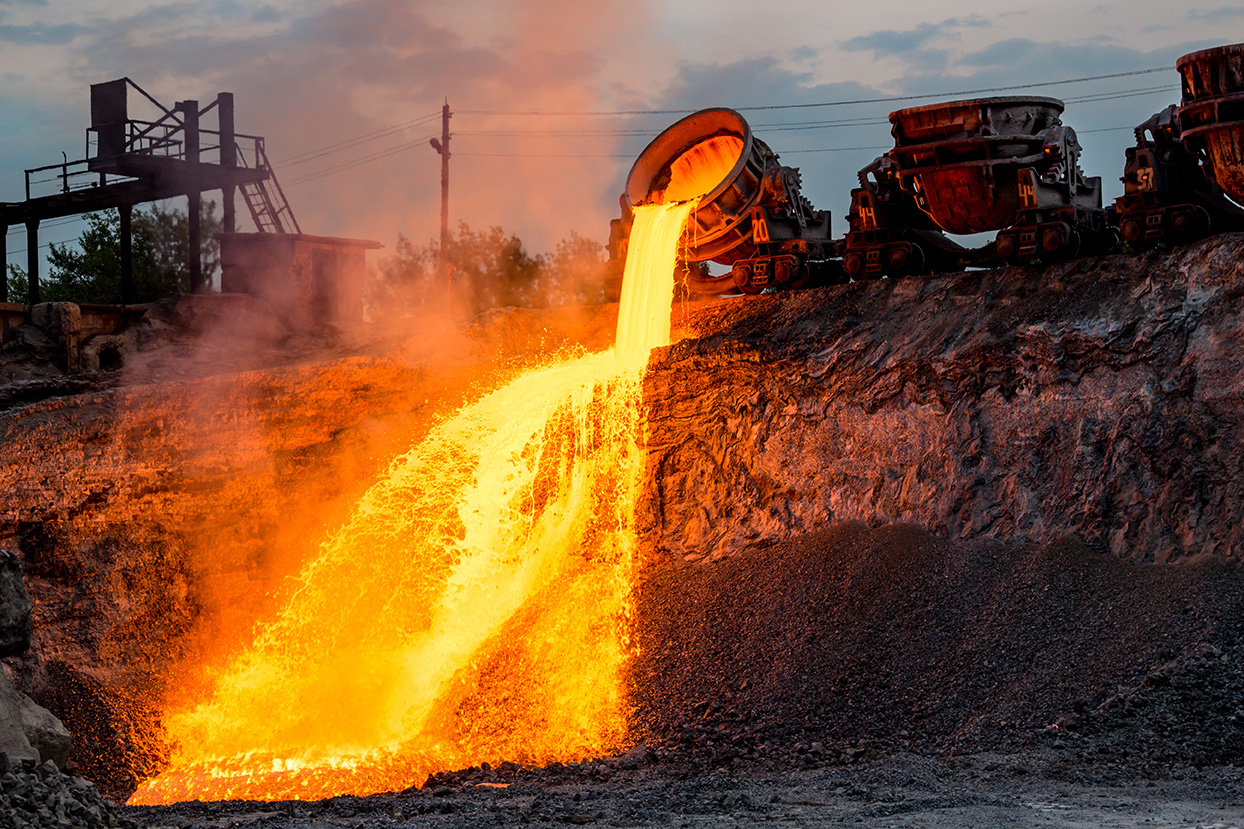
In the BAUSEP project, research is being conducted into how ash and slag can be separated so that it can be used to manufacture resource-efficient building products.
The separation of ashes and slags is intended to provide raw materials for the production of resource-efficient building products.
more infoHighlights from research and development
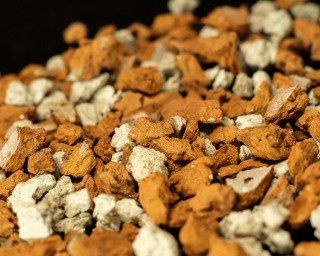
Will we be capable of fully processing masonry rubble in the future and recycling it sustainably?
The Inorganic Materials and Recycling department has succeeded in recovering single-variety secondary raw materials from masonry demolition waste.
more info